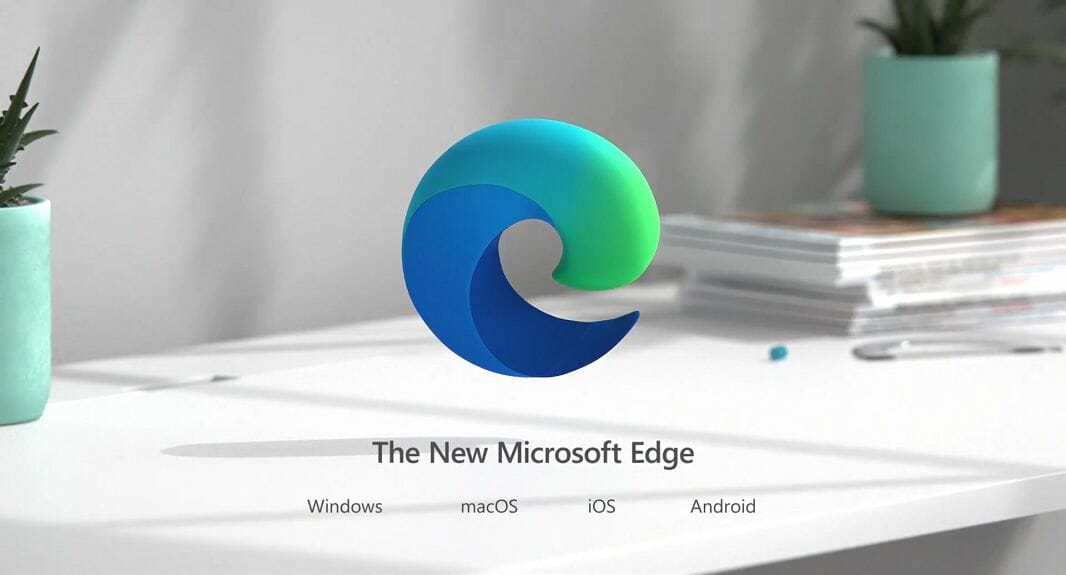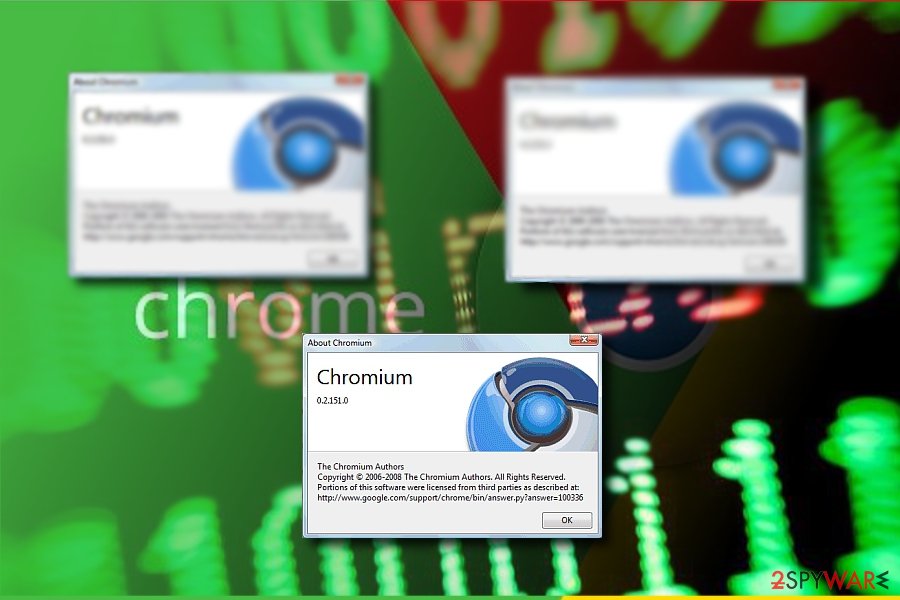


Disable intranet redirect detector (extraneous DNS requests).Disable automatic formatting of URLs in Omnibox (e.g.(See docs/design.md for details on the system.) It currently supports many Linux distributions, macOS, and Windows. Add a custom cross-platform build configuration and packaging wrapper for Chromium.Add Omnibox search provider “No Search” to allow disabling of searching.Add more URL schemes allowed to save page schemes.Add Suggestions URL text field in the search engine editor ( chrome://settings/searchEngines) for customizing search engine suggestions.See docs/flags.md for the exhaustive list. Add many new command-line switches and chrome://flags entries to configure new features (which are disabled by default).These are the non-essential features introduced by ungoogled-chromium.
UNGOOGLED CHROMIUM BROWSER CODE
Strip binaries from the source code (known as binary pruning see docs/design.md for details). In other words, no connections are attempted to the qjz9zk domain. This feature is implemented by replacing many Google web domains in the source code with non-existent alternatives ending in qjz9zk (known as domain substitution see docs/design.md for details), then modifying Chromium to block its own requests with such domains. This feature is a fail-safe measure for the above, in case Google changes or introduces new components that our patches do not disable. Block internal requests to Google at runtime. This includes disabling Safe Browsing. Google Host Detector, Google URL Tracker, Google Cloud Messaging, Google Hotwording, etc.) Disable functionality specific to Google domains (e.g. These are the core features introduced by ungoogled-chromium. For more detailed information, it is best to consult the source code. 
This section overviews the features of ungoogled-chromium.







 0 kommentar(er)
0 kommentar(er)
